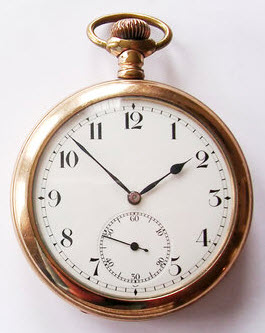MySQL supports a wide range of data types. It even supports datetime and timestamp data types to help you store and work with datetime values. But often developers get confused about their differences and which one to use when. In this article, we will learn about the key differences between MySQL datetime vs timestamp.
MySQL Datetime vs Timestamp
Here are the key differences between MySQL datetime vs timestamp.
MySQL datetime points to a specific datetime value whereas timestamp is the number of seconds passed after epoch Jan 1, 1970. Datetime values are relative to local time zone where timestamp values are absolute values in UTC (Coordinated Universal Time).
Timestamp values are converted from UTC to local time zone on retrieval and the other way around while storing information. This does not happen with datetime data type.
The timestamp is an absolute value in terms of ‘x’ seconds after epoch, irrespective of time zone in which you read this information. Datetime value is just a datetime information and can mean different occasions depending on presence or absence of time zone information. In most cases, the database server simply converts timestamp into local time zone, that is, the time zone of the system where database server is running.
Also, you can easily use various MySQL functions with datetime data type. For example, you can run an SQL query like “SELECT DATE_ADD(my_datetime, INTERVAL 1 DAY)” where you can add 1 day to the datetime value. You cannot run these functions on timestamp data type. If you want to call these functions on timestamp data type you have to first convert it into a datetime data and only then use MySQL’s date formatting and transformation functions.
Generally, timestamps are frequently updated columns such as modified time. They are used to track changes in records. On the other hand, datetime values are used to record specific occasions whose information may not change at all, or may change rarely. E.g. date of birth, creation date.
Also, it is important to remember that timestamp columns can only take a limited range of values between Jan 1, 1970 00:00:01 UTC to ‘2038-01-09 03:14:07’ UTC. On the other hand, datetime column can take any datetime value in past, present or future.
In this article, we have provided the basic differences between MySQL datetime vs timestamp. Depending on your requirement, you may use either of them
Also read:
How to Remove Line from File Using Python
How to Combine Multiple CSV Files Into Single File
How to Rename Multiple Files in Directory with Python
Python Script to Load Data in MySQL
NGINX Pass Headers from Proxy Server
Related posts:
How to Change Root Password in MySQL
How to pass parameter in MySQL query
How to Run MySQL Query from Command Line
How to Show Indexes on Table or Database in MySQL
How to Take Backup of Single Table in MySQL
How to Check MySQL Engine Type for Table
How to Fix Unknown Column in Field List in MySQL
How to Check if Row Exists in MySQL

Sreeram has more than 10 years of experience in web development, Python, Linux, SQL and database programming.
